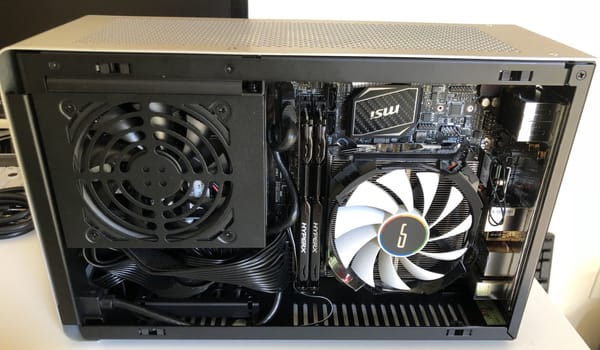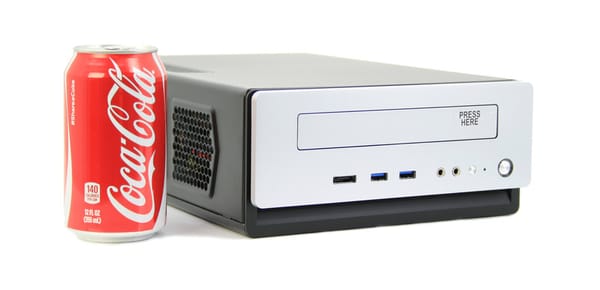A Fistful of Connectors
Loyd Case recently noted that the standard 3-prong computer power connector is... not so standard any more:

I have yet to see any of these mutant rounded power connectors yet, but I’m surprised that Dell – a company that built its entire empire around the very concept of beige box PC standardization – would be cheeky enough to introduce a non-standard power connector. Dell has improved a bit in the design area, but the last thing they need to be redesigning is the standard 3-pin computer power connector.
The 3-pin power connector isn’t much to look at, but it’s one of the few bright spots in an otherwise hopeless morass of incompatible consumer electronics connectors. Take a look at this fistful of 2-pin power connectors:

Given the three zillion different 2-pin power cords out there, it’s a miracle that the other end of the cable is standardized. How did we screw that up?

And this is just for computers, mind you. Once we factor in cell phones, PDAs, MP3 players, routers, etcetera, the situation worsens considerably. We moved from North Carolina to California almost a year ago and I still can’t find the power adapter for our XM Satellite radio boombox... among other things.
One possible answer is to pick up a third-party solution like Kensington’s 120w mobile power or iGo’s 70w Juice.

These power bricks can power a multitude of devices via interchangeable cord tips. Assuming the correct power tip is available, of course. The best solution would be for manufacturers to standardize on a common set of power connectors. I won’t be holding my breath until that happens.
Jef Raskin, in The Humane Interface, points out yet another problem with connectors: sex.
A conventional connector pair is typically built as a male connector with pins and a mating female connector with sockets. This approach results in an inventory of eight kinds of parts that can be used as connectors on equipment or cables:
- Male connector for equipment
- Female connector for equipment
- Male connector for cables
- Female connector for cables
- Male-to-female adapters
- Female-to-male adapters
- Male-to-male adapters
- Female-to-female adapters
Jef proposes a hermaphroditic connector:

Raskin outlines the advantages of a connector that’s both male and female:
If you have two hermaphroditic cables of a given class, you can use the cables either as two seperate cables or joined together into one extended cable. In some cases, the hermaphroditic connector would be no more expensive or complex than a standard, sexed connector. This will not always be true; in many cases, a hermaphroditic connector will be somewhat more complex and more expensive to manufacture. But the added expense is counterbalanced by such factors as:
- Increased user satisfaction
- Simpler manuals
- Fewer manufacturing setups are required
- Distributors and retailers needing to stock fewer different items
Unfortunately, hermaphroditic connectors haven’t caught on, at least for consumer electronics. And I still have about a fifty percent chance of plugging a USB cable in right side up on any given day.









